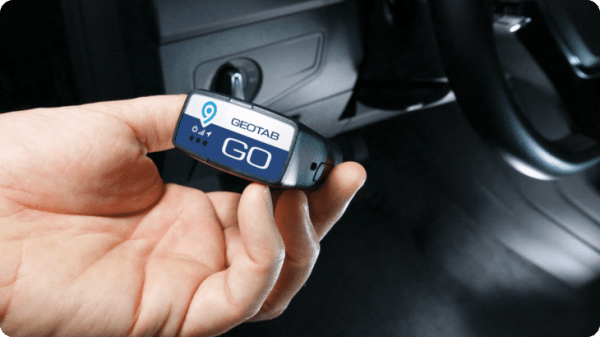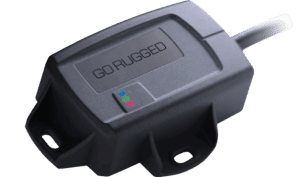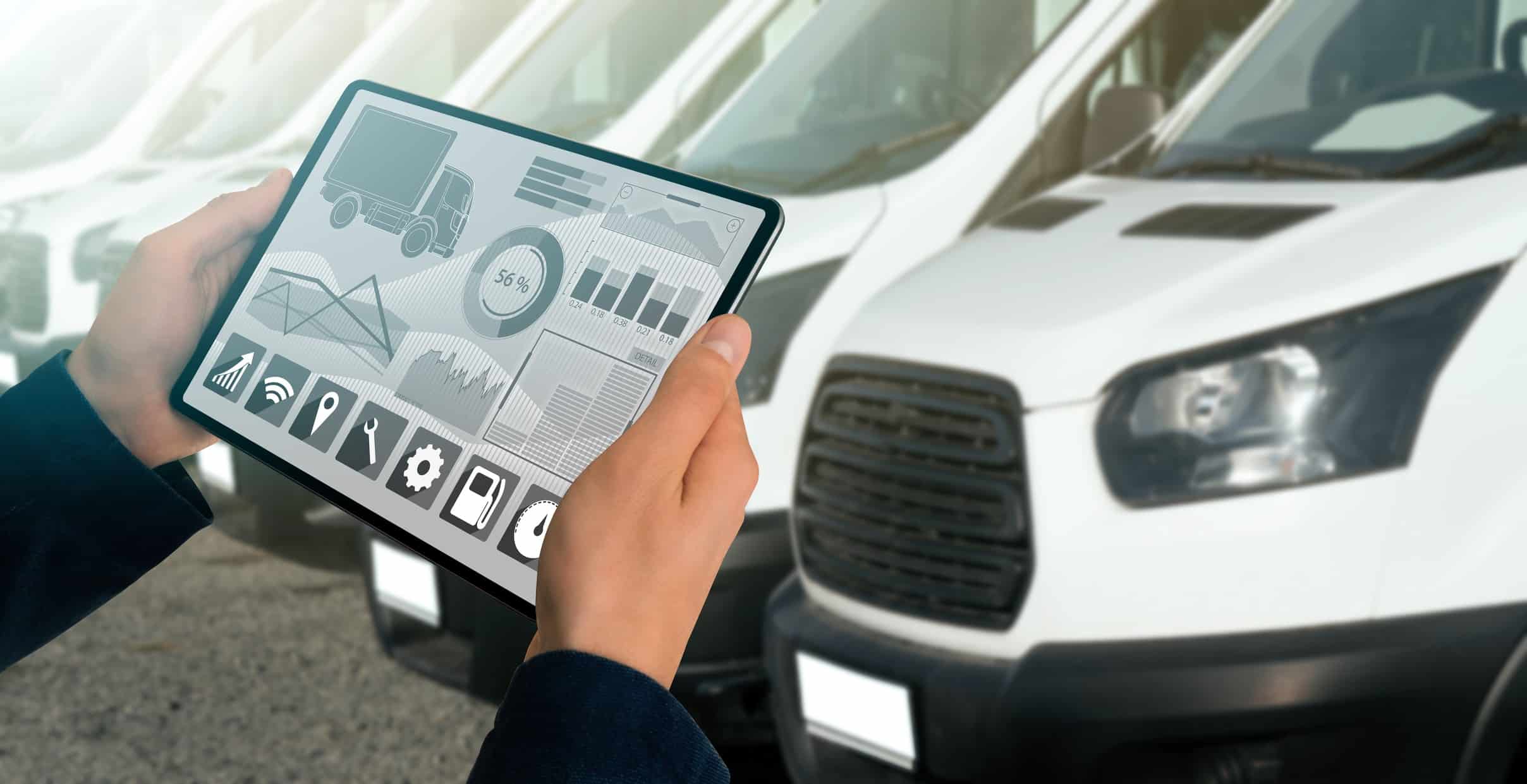Frequently, commercial fleets tend to get stuck with maintenance inefficiencies, simply because it’s “easier” than trying something new. With an exponential increase in maintenance expenses paired with advances in fleet connectivity, now is the time to think about upgrading your fleet maintenance strategy.
What is Fleet Maintenance?
Fleet maintenance keeps your vehicles operating in good condition so that they remain reliable and safe. A proper fleet maintenance strategy will also extend the life of your vehicles on the road and is an important part of managing a fleet.
TechTarget identifies fleet management as “an administrative approach that allows companies to organize and coordinate work vehicles with the aim to improve efficiency, reduce costs, and provide compliance with government regulations.” Proper fleet maintenance will reduce your operating costs and improve inspection outcomes, keeping your engines in good health and your drivers safe.
The Importance of Efficient Fleet Maintenance
Maintenance is the cornerstone of any successful fleet. Without vehicles that function properly, your operations will inevitably come to a grinding halt. Sticking with an outdated fleet maintenance strategy will only end up hurting you in the long run.
How?
Higher repair costs, more downtime, and less productive drivers to start. It’s also worth considering how much time is wasted using an inefficient system. In today’s fast-paced world, time is money – the sooner you can get your vehicles back on the road, the better.
The following strategies will help improve fleet maintenance and keep your vehicles on the road, where they belong.
1. Establish Standards For Vehicle Maintenance Performance
The first step towards having an efficient fleet maintenance strategy is to establish standards for performance. This means setting measurable goals for things like fuel economy, brake life, and scheduled downtime.
This simple step will give you a better idea of how well your vehicles are performing and where you might need to make changes in order to improve efficiency. It also provides a baseline against which you can compare future results.
2. Keep Track of All Maintenance Records Electronically
Another important part of running an efficient fleet is keeping track of all its maintenance data in an accessible and digital format.
From vehicle inspections and repairs to scheduled maintenance and downtime, these data sets will keep everyone up to date and reduce manual tracking. Digital tracking has a number of advantages. First, it allows you to easily access records and track trends over time. Second, tracking makes it possible to share information with other members of your team quickly and easily.
Finally, tracking helps you avoid losing important data if something were to happen to your physical records.
3. Invest in the Right Tools and Technology
If you want your fleet to be as efficient as possible, you need to invest in the right tools and technology. This includes GPS tracking devices, electronic logging devices, and software that can help you to better manage your operations.
Using these maintenance tools will help you to save time and money, while also improving the overall safety and efficiency of your fleet.
4. Create a Service Schedule for Each Vehicle
One of the best ways to ensure that your fleet is running efficiently is to create a service schedule for each individual vehicle. This schedule should include things like oil changes, tire rotations, and other routine maintenance tasks.
Creating a service schedule will help keep your vehicles in good working condition and minimize the risk of unexpected breakdowns.
5. Keep Tabs On Inspections
Inspections are essential when it comes to properly caring for and reducing the maintenance needs of any fleet. Not only are they necessary to log and track issues with a vehicle, but they can also help to identify potential problems before they become more serious.
As such, it’s important to keep tabs on all inspections that are carried out on your fleet. This includes everything from routine safety checks to more comprehensive annual inspections.
6. Outsource Your Fleet Maintenance Strategy to a Specialist
If you don’t have the time or resources to properly maintain your fleet, you may want to consider outsourcing this task to a specialist.
GoFleet, for example, offers fleet maintenance strategies, and they can help to keep your vehicles in good condition while also saving you time and money.
Making even a few small changes to the way you manage your fleet can have a big impact on its overall efficiency. By following the tips in this article, you can make sure that your fleet is running as smoothly and efficiently as possible.
Is your fleet currently using an outdated fleet maintenance strategy? Contact a GoFleet consultant and ask how we can help take your fleet maintenance to the next level.


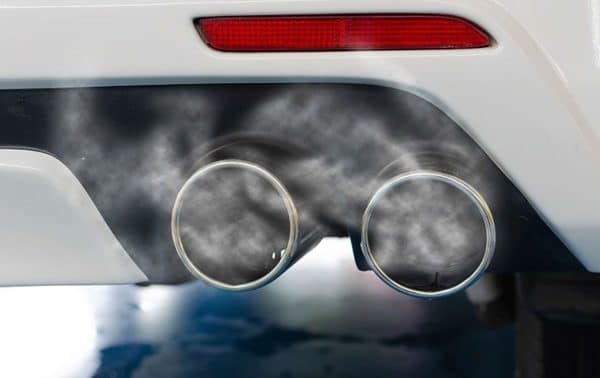


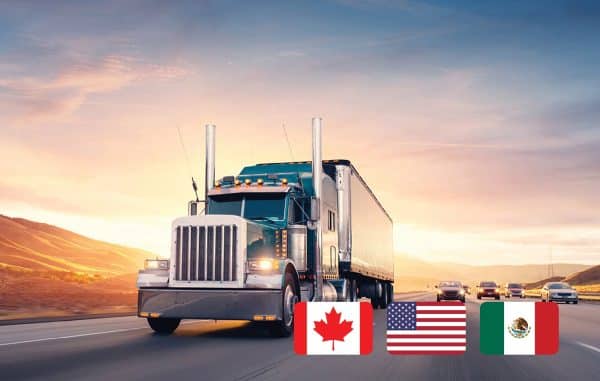
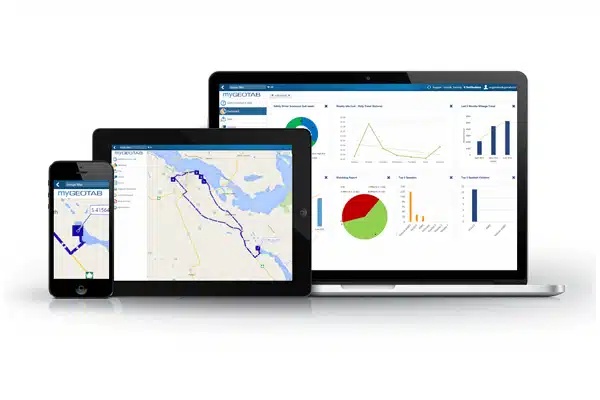



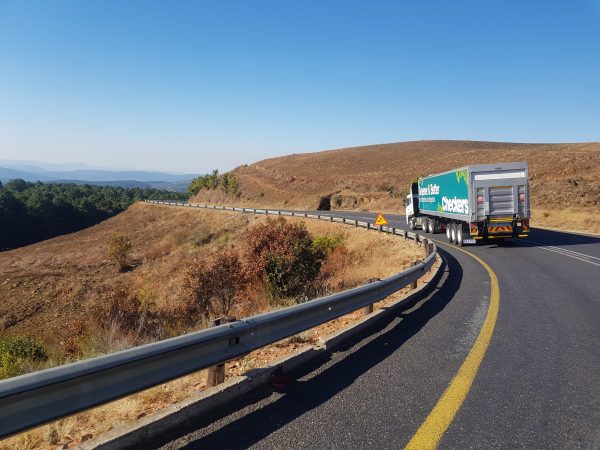
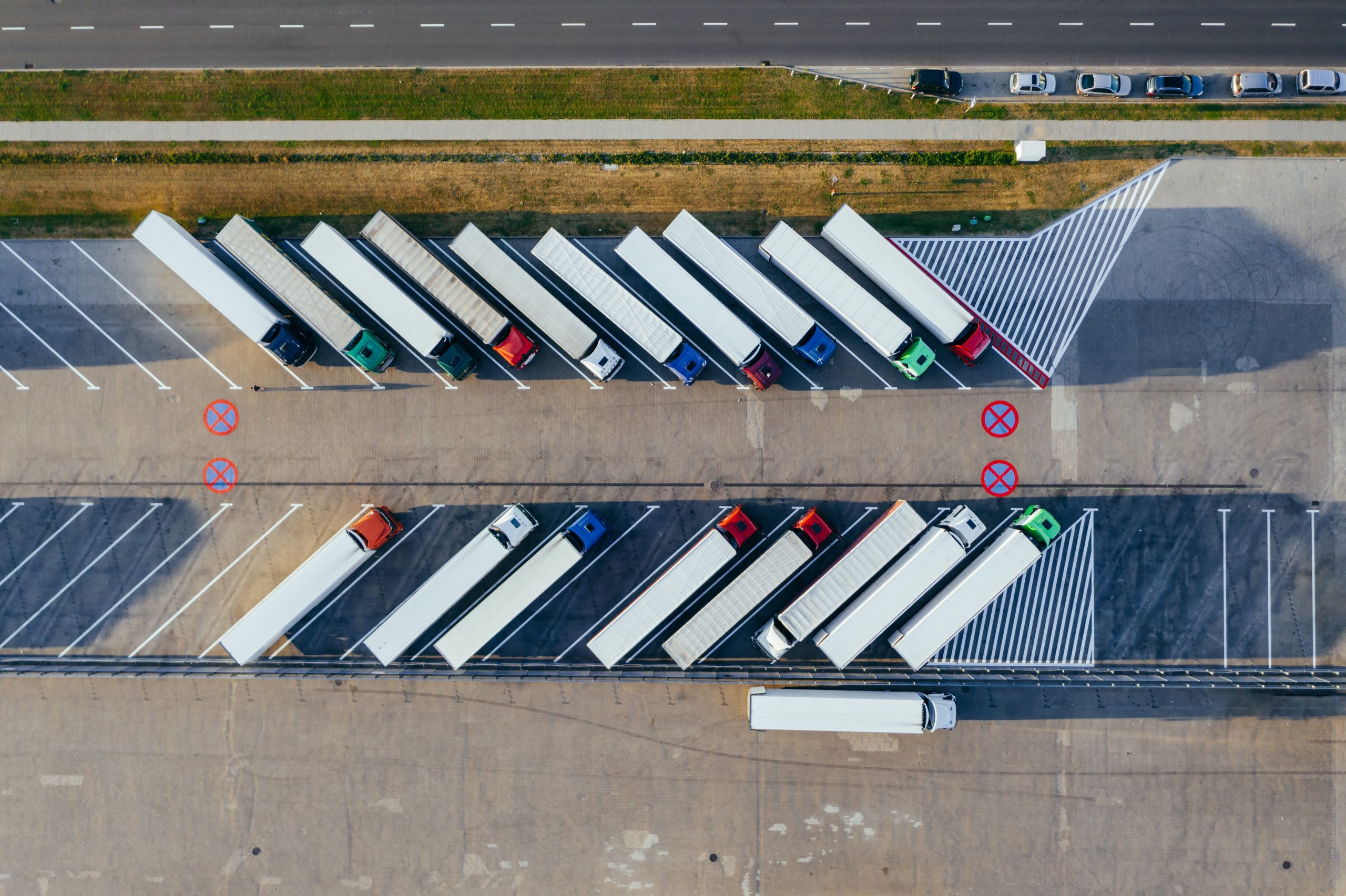



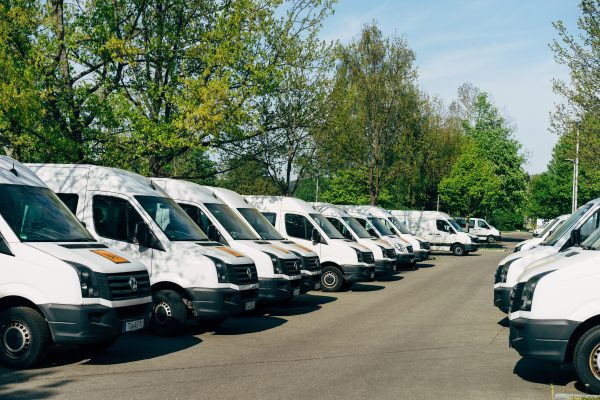


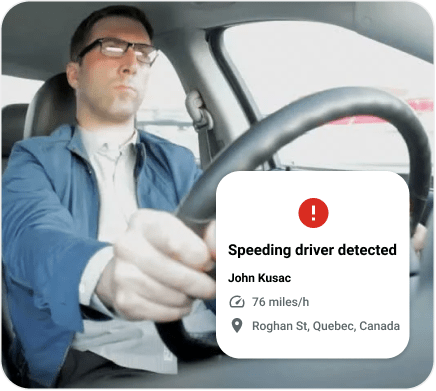


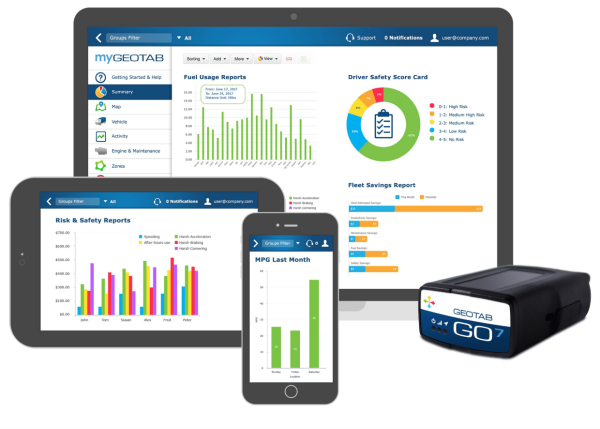
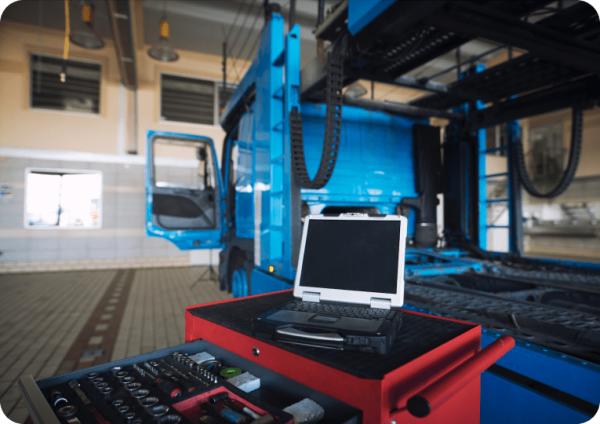
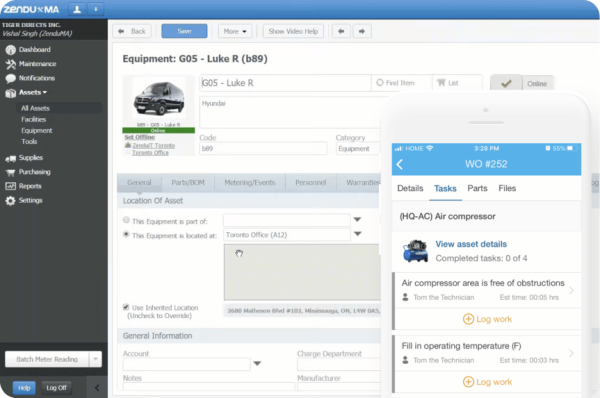
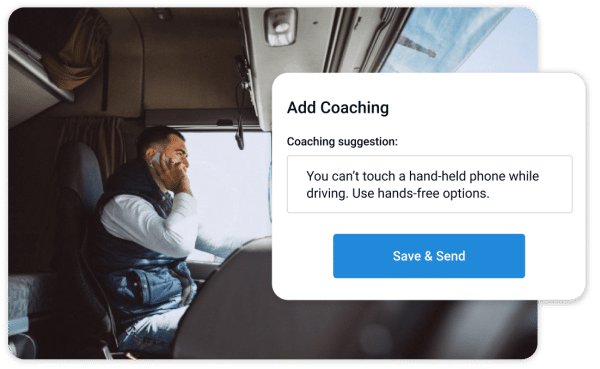

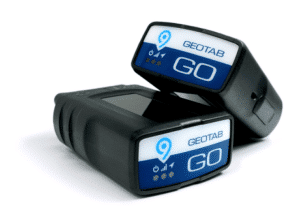 Most
Most 